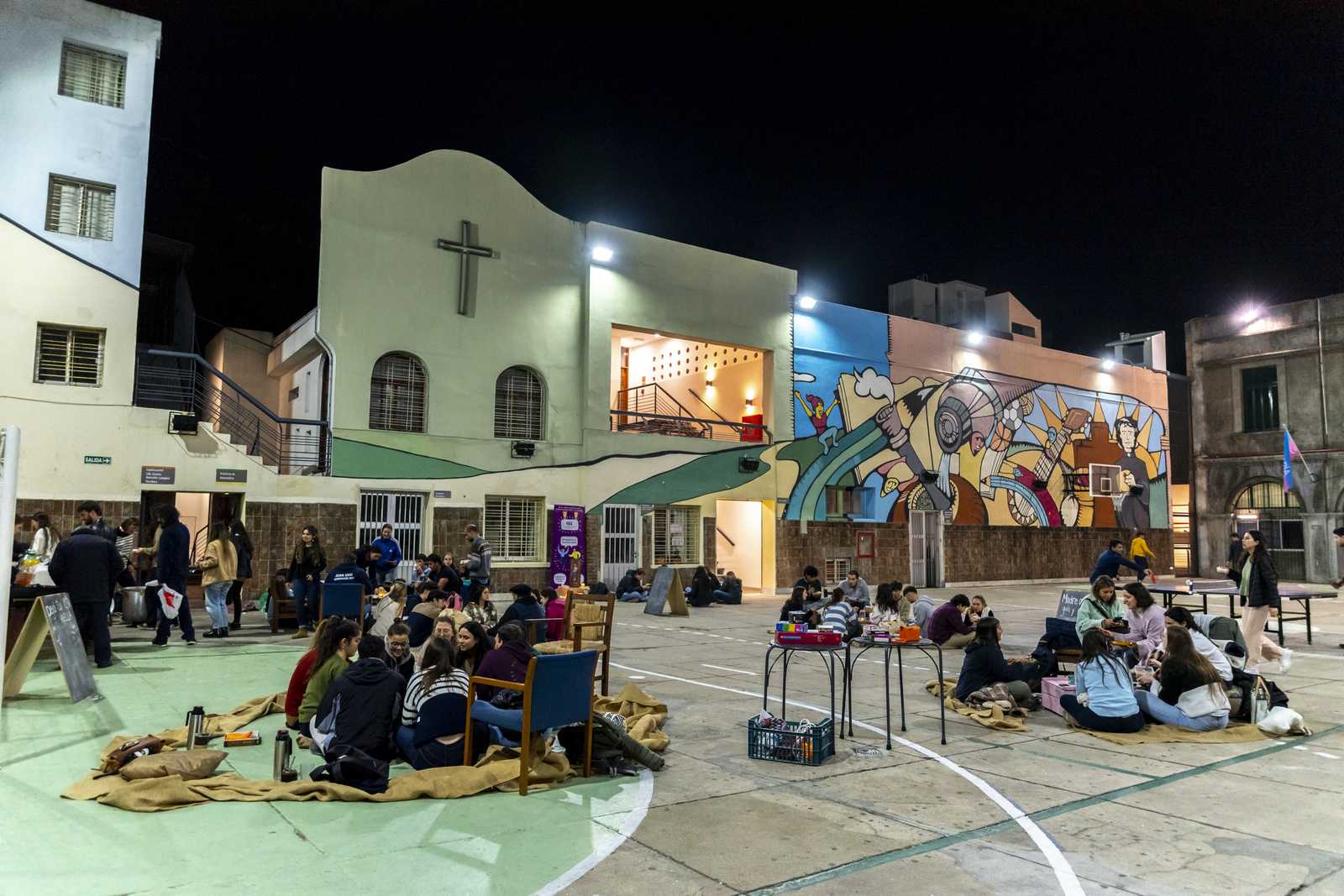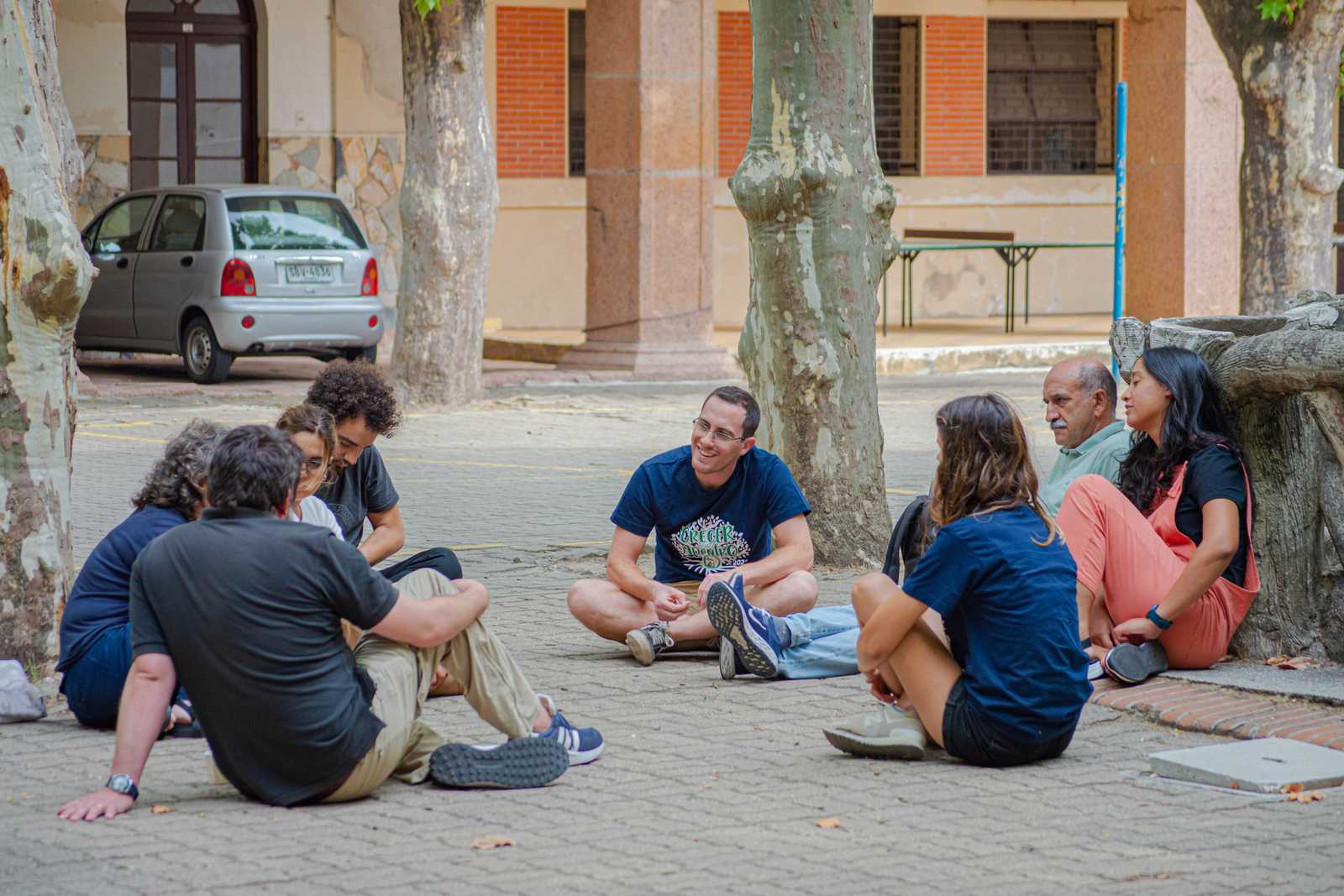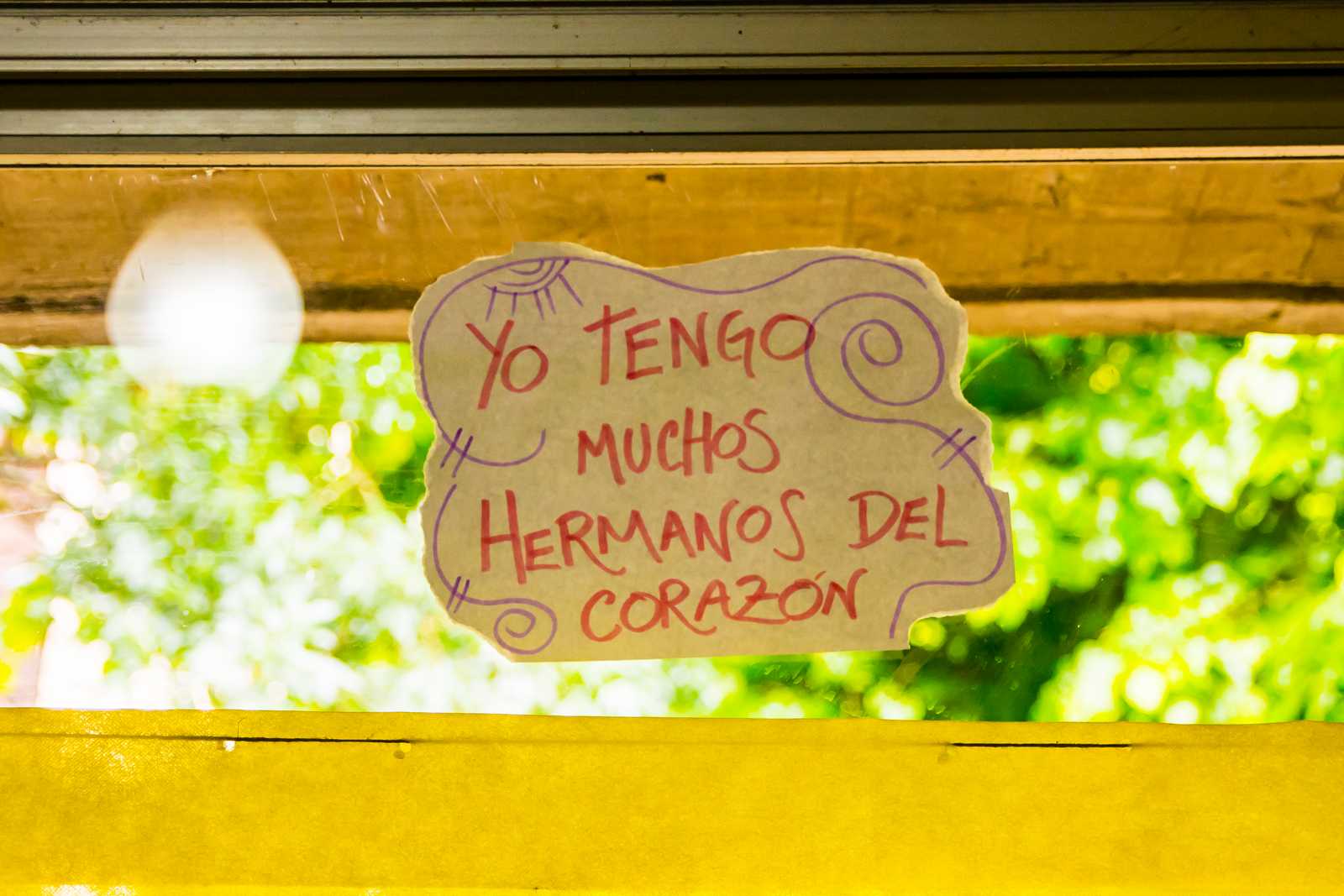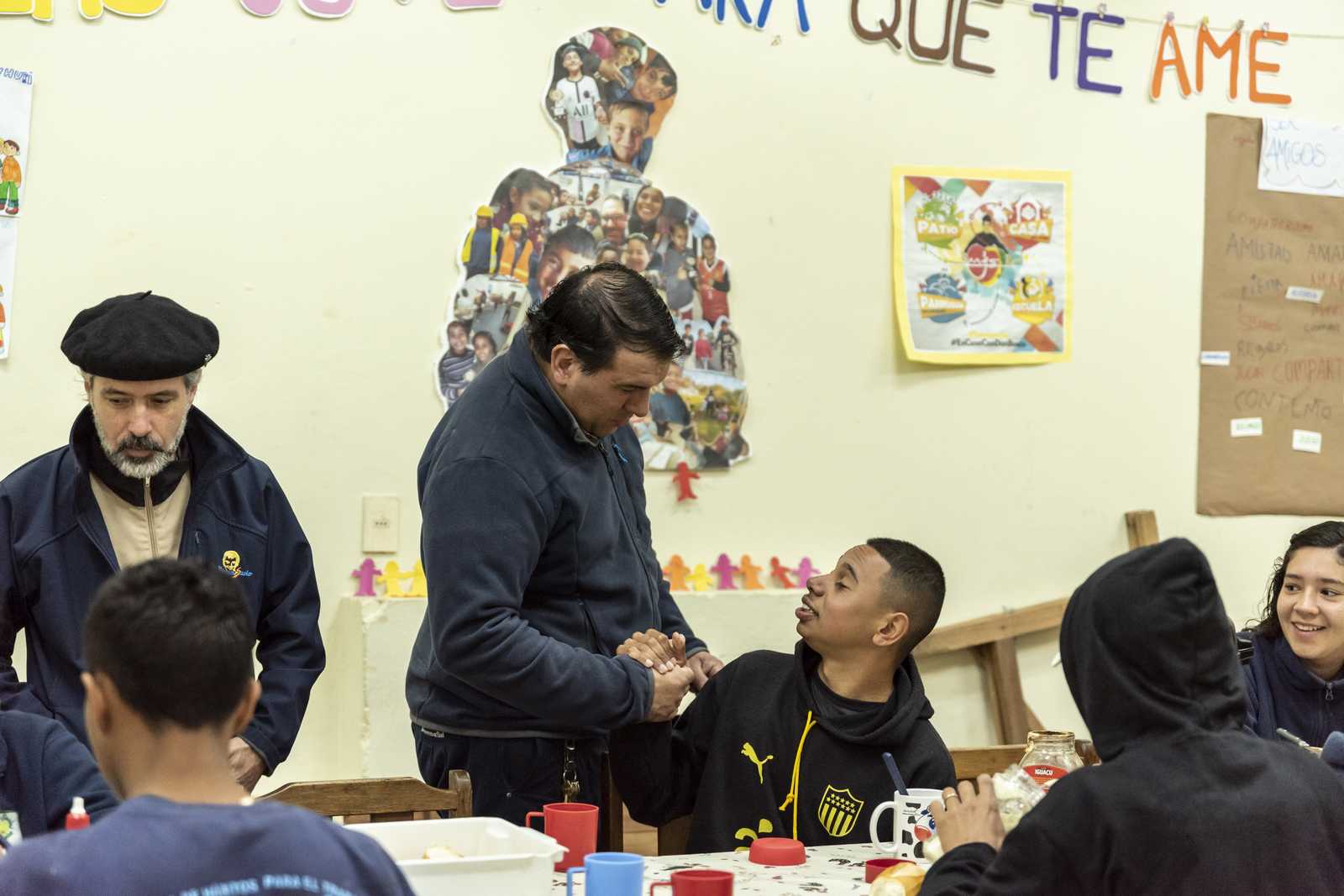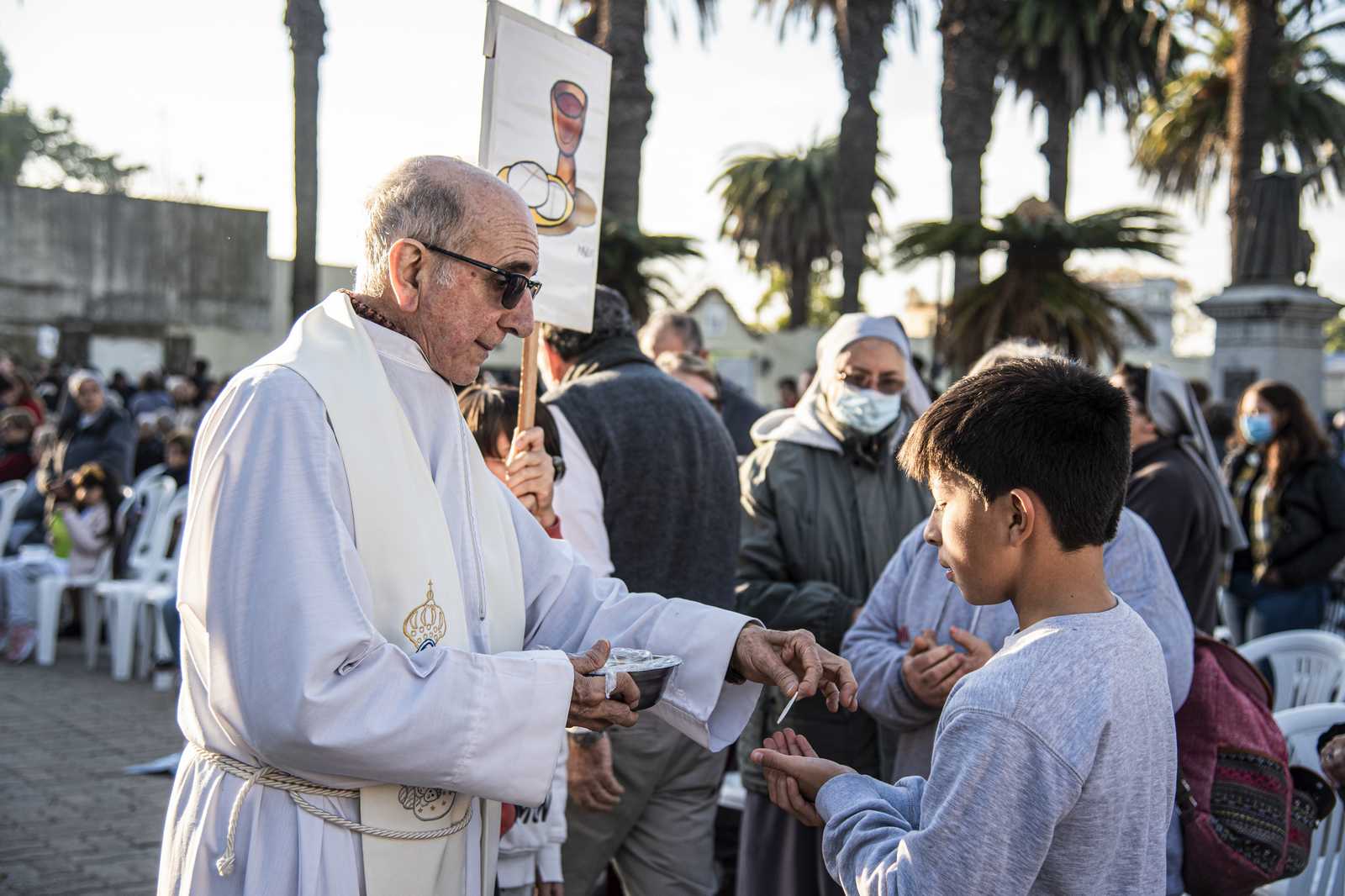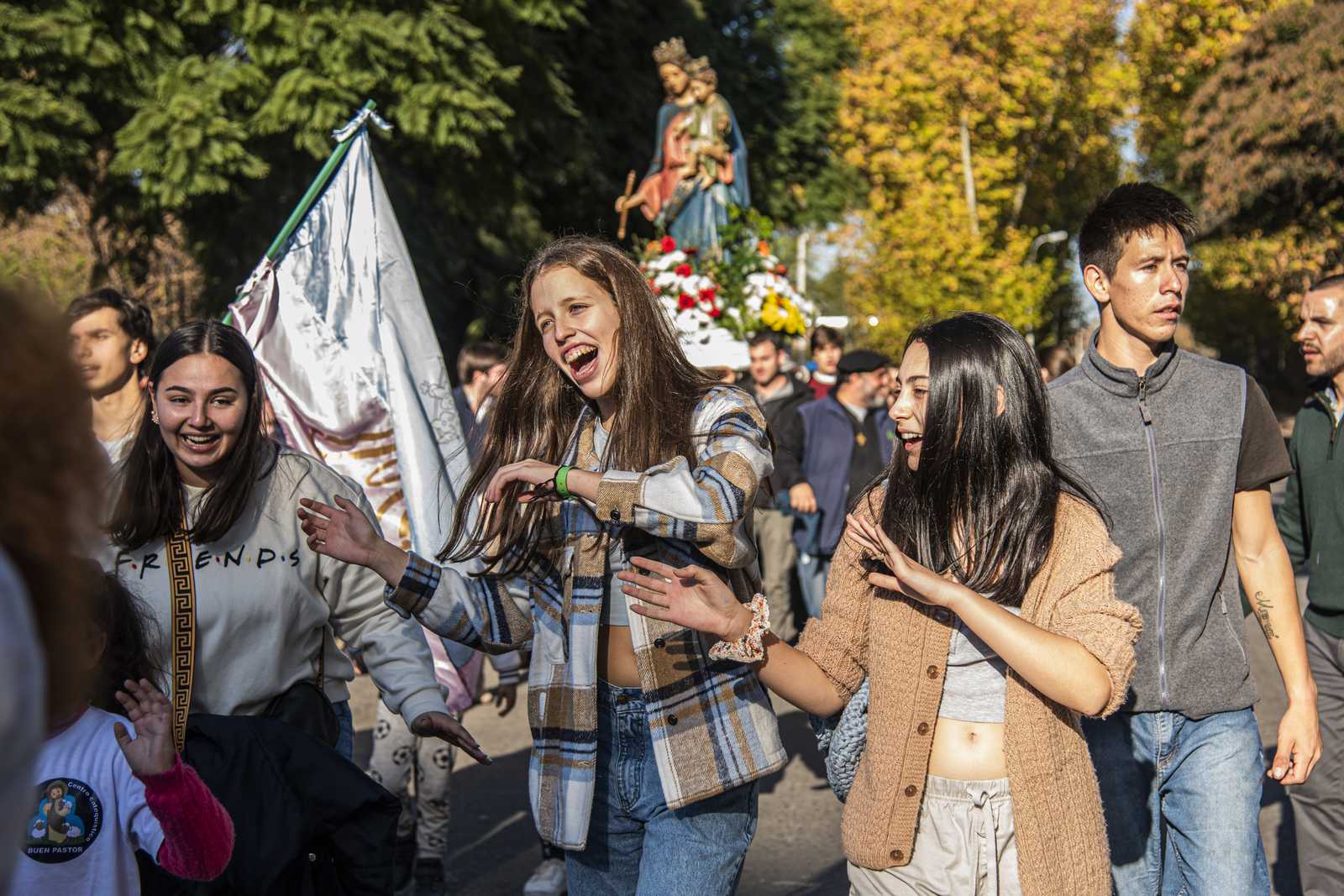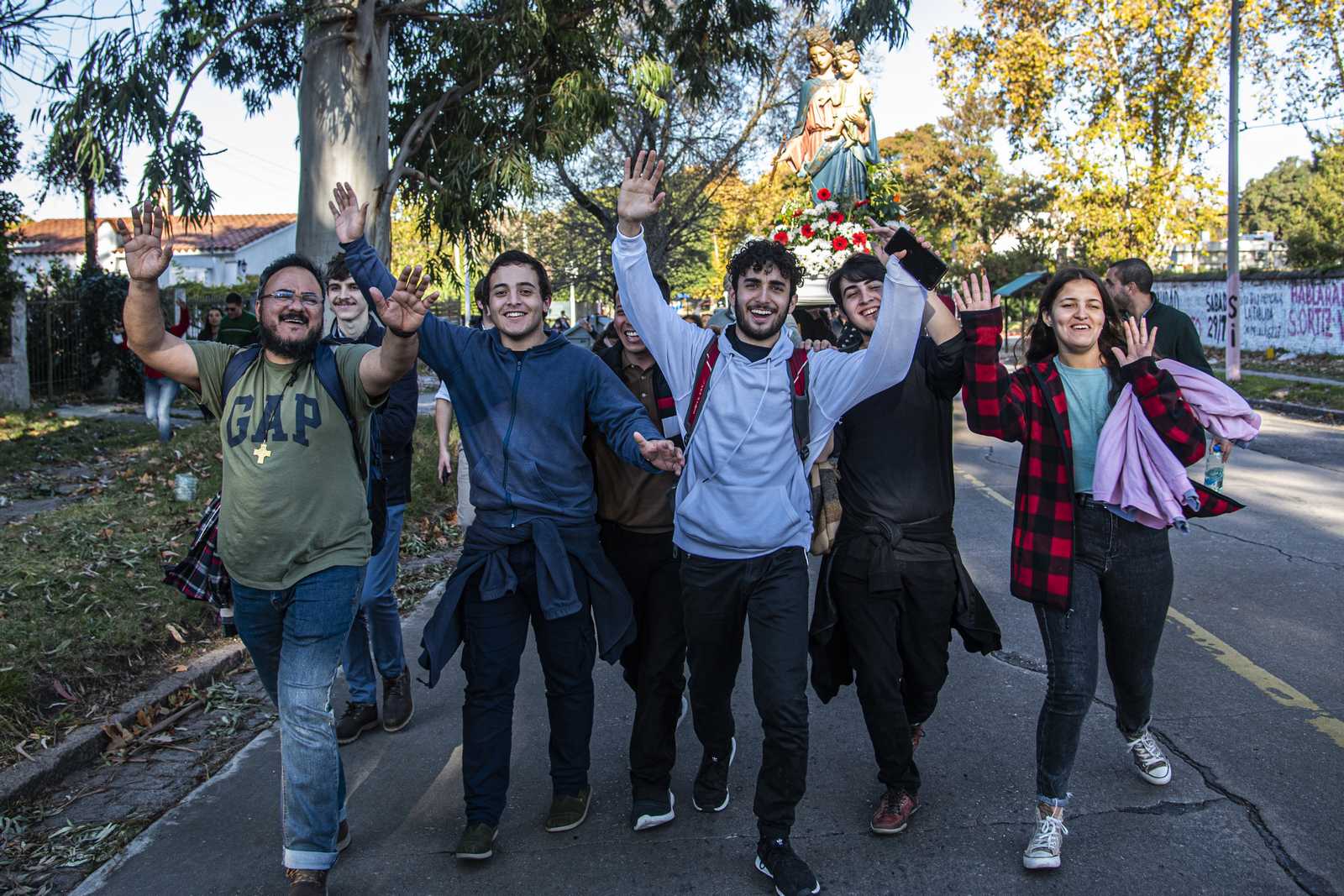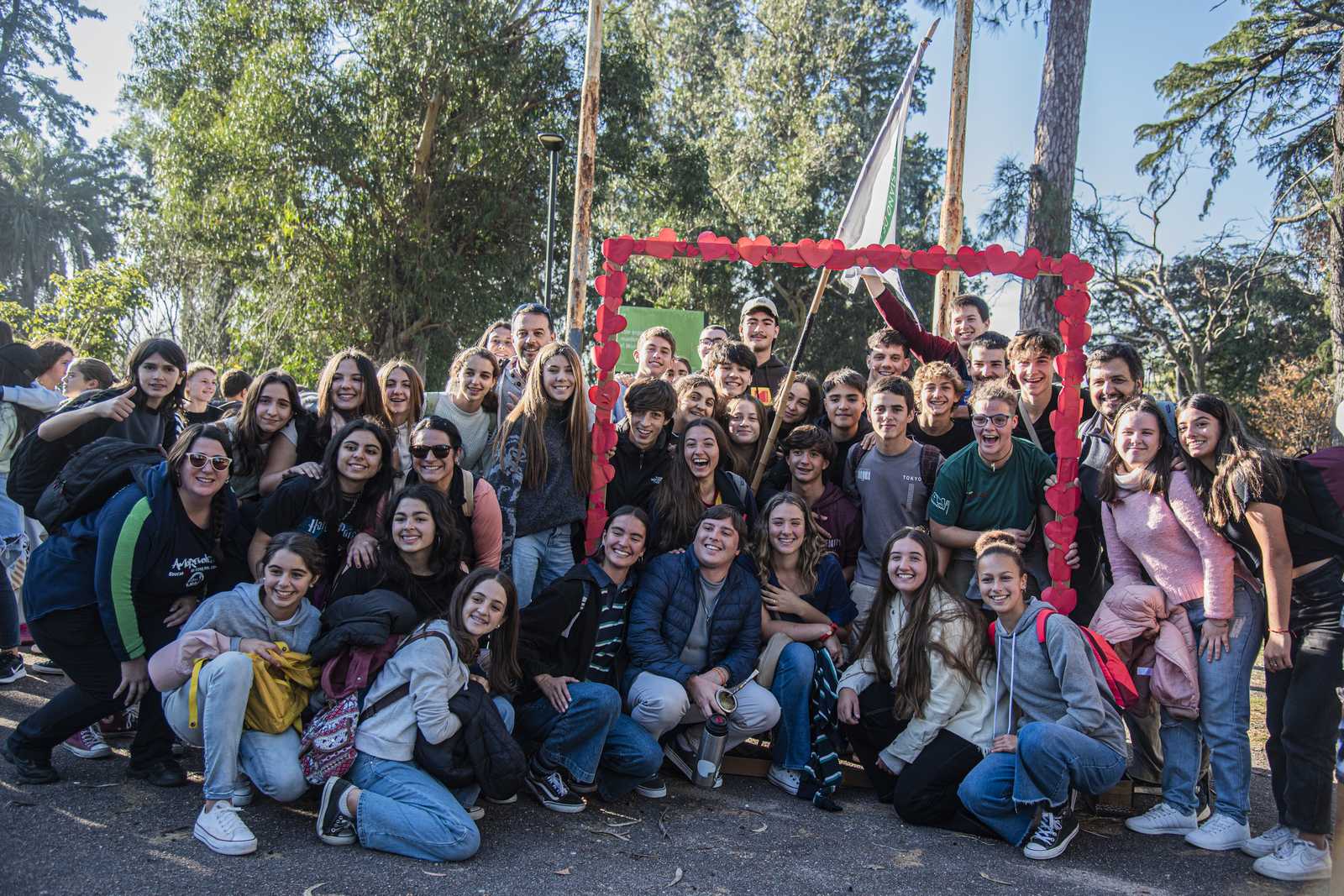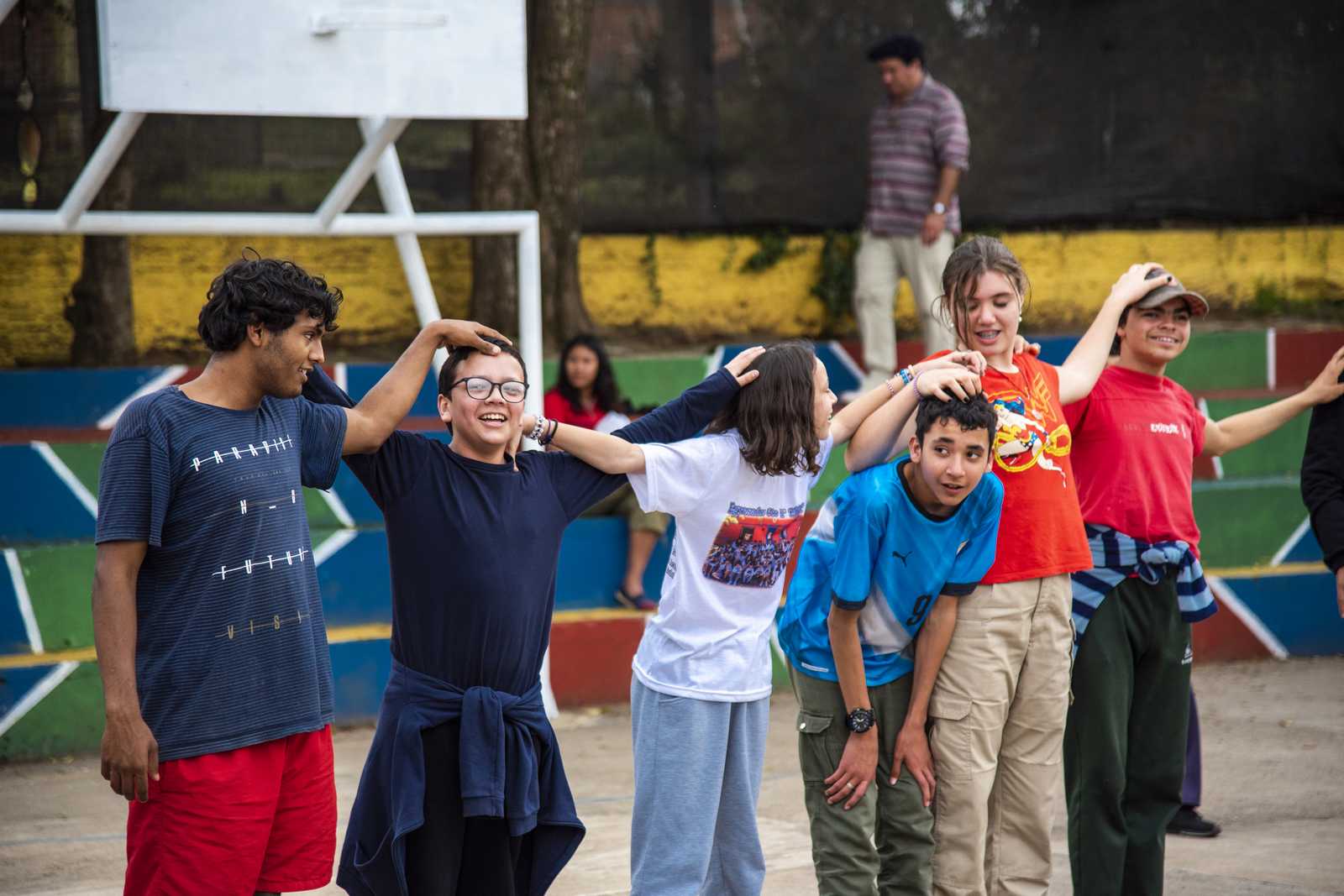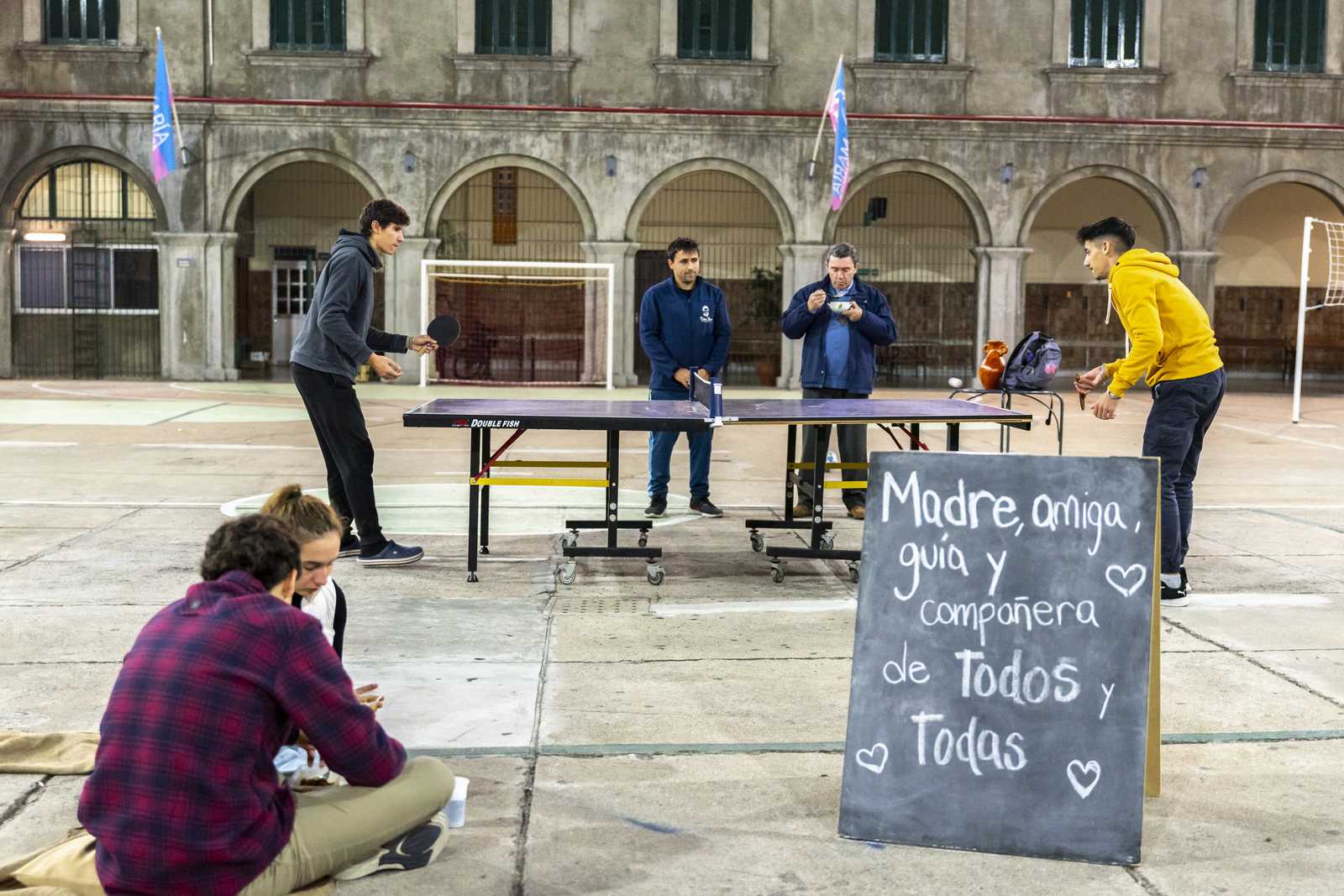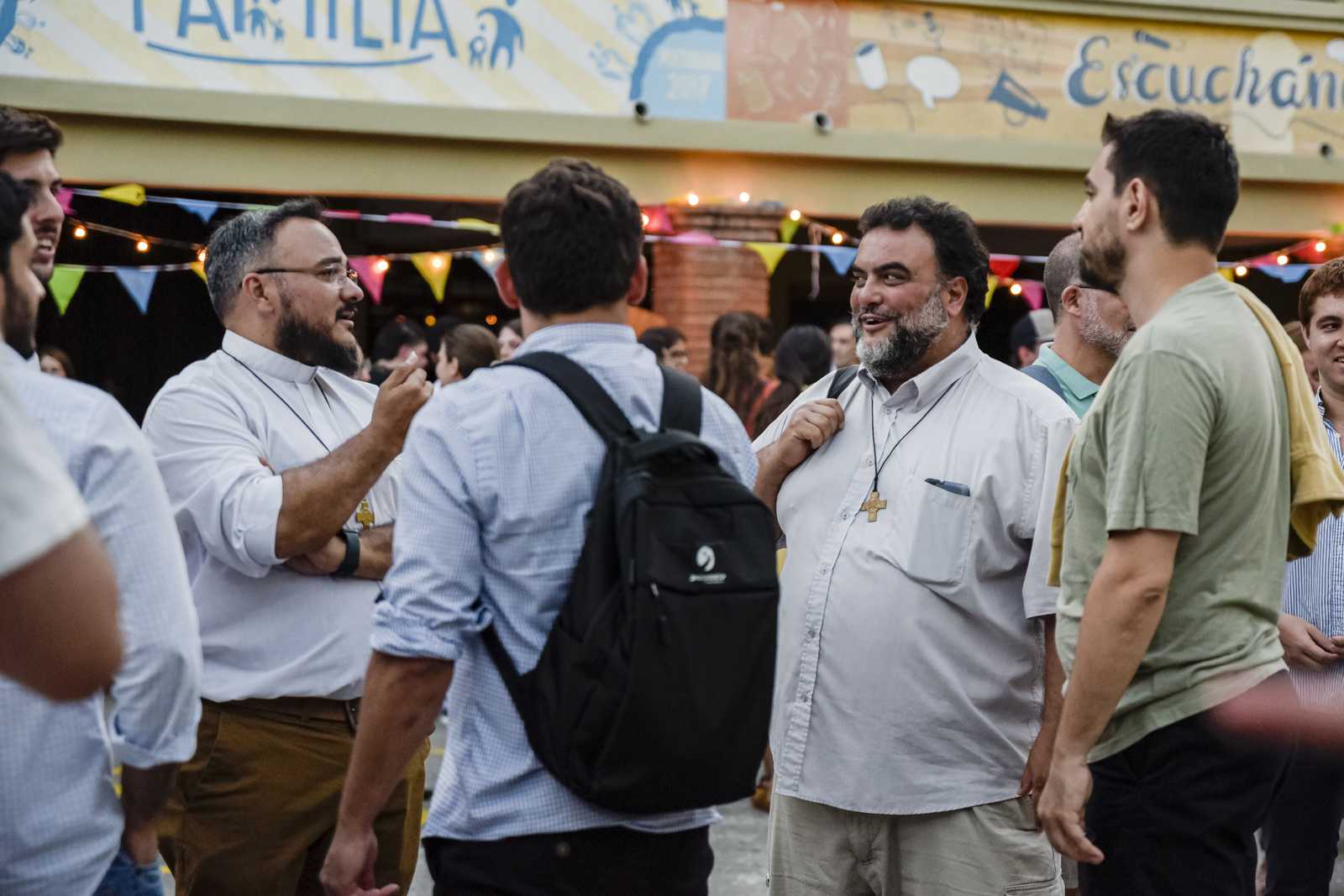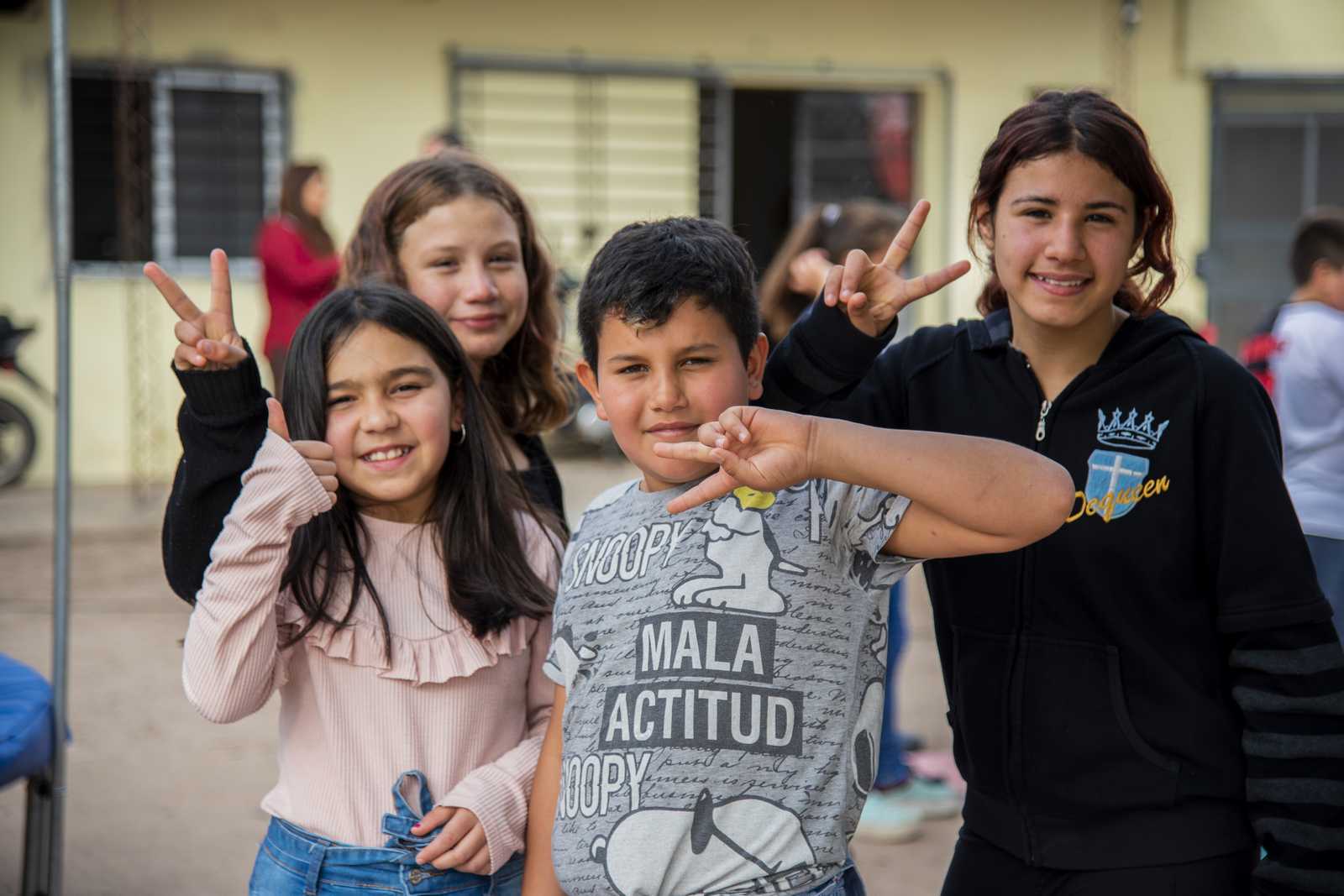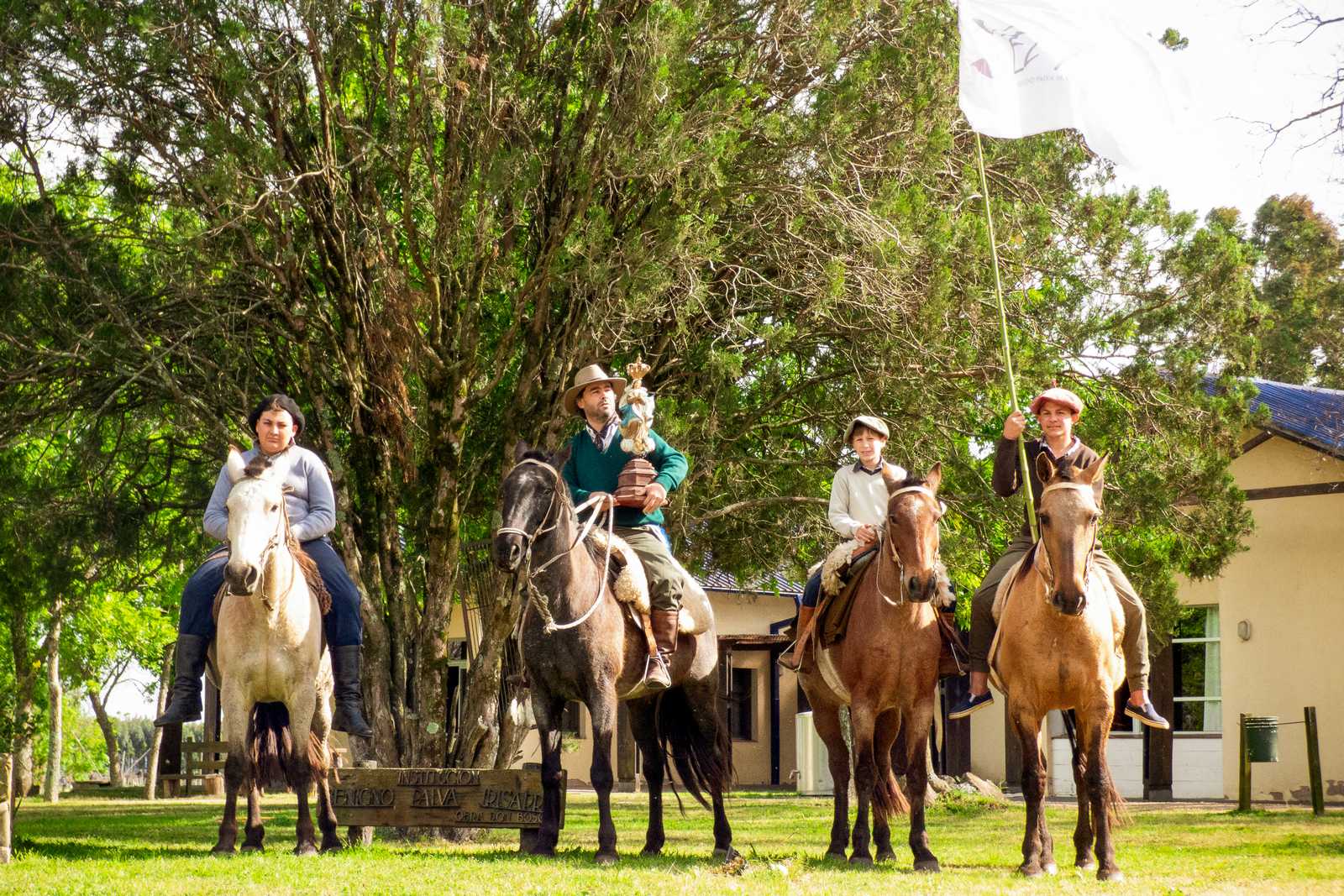Missionary in Patagonia
Patagonia, the southern region of South America, divided between Argentina and Chile, is a territory present in Don Bosco’s first missionary dreams. This “dream” has also been realised in a mission that bears fruit even today.
The name comes from the natives of those lands, Patagonians, a term used by Ferdinand Magellan, natives that today are identified as the Tehuelche and Aonikenk tribes. These natives were dreamt of by Don Bosco in 1872, as Fr Lemoyne recounts in his Biographical Memoirs (BM X,54-55).
“I seemed to be in a wild region I had never before seen, an immense untilled plain, unbroken by hills or mountains, except at the farthest end, where I could see the outline of jagged mountains. Throngs of naked, dark-skinned, fierce-looking, long-haired men of exceptional They were almost naked, of an extraordinary height and stature, of a fierce appearance, with shaggy and long hair, of tan and black color, and only dressed in wide cloaks of animal skins, which came down from their shoulders. Their weapons were long spears and slings.
These throngs, scattered about, presented varied sights to the spectator: some men were hunting, others were carrying bloodied chunks of meat at spear point, still others were fighting among themselves or with European soldiers. I shuddered at the sight of corpses lying all over the ground. Just then many people came into sight at the far edge of the plain. Their clothing and demeanor told me they were missionaries of various orders who had come to preach the Christian faith to these barbarians. I stared intently at them but could recognize no one. They strode directly to those savages, but the latter immediately overwhelmed them with fiendish fury and hatred, killing them, ripping them apart, hacking them into pieces, and brandishing chunks of their flesh on the barbs of their long spears.
After witnessing this horrible bloodshed, I said to myself:
‘How can one convert so brutal a people? ‘
Then I saw a small band of other missionaries, led by a number of young boys, advance cheerfully toward those savages.
I feared for them, thinking:
‘They are walking to their death.’
I went to meet them; they were clerics and priests. When I looked closely at them, I recognized them as our own Salesians. I personally knew only those in front, but I could see that the others too were Salesians.
‘How can this be?’ I exclaimed.
I did not want them to advance any further because I feared that soon their fate would be that of the former missionaries. I expected at any moment that they would suffer the same fate as the former Missionaries. I was about to force them back when I saw that the barbarians seemed pleased by their arrival. Lowering their spears, they warmly welcomed them.
In utter amazement I said to myself:
‘Let’s see how things will turn out!’
I saw that our missionaries mingled with them and taught them, and they docilely listened and learned quickly. They readily accepted the missionaries’ admonitions and put them into practice.
As I stood watching, I noticed that the missionaries were reciting the rosary as they advanced, and that the savages, closing in from all sides, made way for them and joined in the prayers.
After a while, our Salesians moved into the center of the throng and knelt. Encircling them, the barbarians also knelt, laying their weapons at the missionaries’ feet. Then a missionary intoned: Praise Mary, Ye Faithful Tongues, and, as with one voice, the song swelled in such unison and power that I awoke, partly frightened.
I had this same dream four or five years ago, and it sharply impressed me because I took it as a heavenly sign. . Though I did not thoroughly grasp its specific meaning, I understood that it referred to the foreign missions, which even at that time were one of my most fervent aspirations.”
Thus the dream dated back to about 1872. At first Don Bosco believed that it referred to the tribes of Ethiopia, later to the regions around Hong Kong. and finally to the aborigines of Australia and of the [East] Indies. It was only in 1874, when, as we shall see, he received most pressing requests to send Salesians to Argentina, that he clearly understood that the natives he had seen in his dream lived in Patagonia, an immense region then almost entirely unknown.
The mission, which began almost 150 years ago, continues today.
One Salesian, Father Ding, felt the missionary call on his 50th birthday. It is a call within a call: within the vocation to follow God as a consecrated person in the Salesian Congregation, someone feels the call to take a further step, to leave everything and leave to take the Gospel to new places, the “missio ad gentes” for life. After finishing his assignment as Provincial Delegate for Missions in his last years in the Philippines, he made himself available to be part of the 152nd missionary expedition, and in 2021, he was assigned to Patagonia, in the Argentina-South Province (ARS).
After a course for new Salesian missionaries, which was shortened due to COVID, and the delivery of the missionary cross on 21 November 2021, the first commitment was to study Spanish, together with his companion Father Barnabé, from Benin, in Salamanca, Spain. But once they arrived in Argentina, Father Ding realised he could not understand so much because of how fast they seemed to speak and the differences in the accent. He continued in Buenos Aires, after which he reached his destination, Patagonia, land of the first Salesian missionaries. The welcome and kindness of the people in Buenos Aires made him feel at home and helped him overcome the cultural ‘shocks’.
He tells us:
How do you come to be confirmed in your missionary vocation? In daily life, through everyday activities at school, in the parish and in the oratory. The spirit of Don Bosco is alive in the country that welcomed the first Salesian missionaries, precisely in La Boca where the first Salesian parish work began. One of the secrets that allows this vitality to continue today is the commitment of co-responsible lay people, who faithfully and creatively make themselves available, working side by side with the Salesians. A true example of family spirit and dedication to the mission, which practically realises the reflections of General Chapter 24 on collaboration between Salesians and lay people.
Another striking aspect here is the tireless work on behalf of the poor and marginalised. At La Boca, a Sunday lunch is prepared for the city’s poor, and school staff, parishioners and members of the Salesian Family can be seen cooking and helping the needy, all together, starting with the community director and school headmaster. The oratory is very active, with fervent animators and the group of ‘scouts’, similar to the scouts who follow the values of the Gospel and Don Bosco.
Despite the challenge of the language barrier, Father Ding tells us: What I have learnt here is that you understand everyone and everything only if you give yourself wholeheartedly for the mission entrusted to you, for the people with whom and for whom you live.
In the coming months, Villa Regina (Río Negro) will be his new home, in Patagonia. We wish him a holy mission.
Marco Fulgaro






